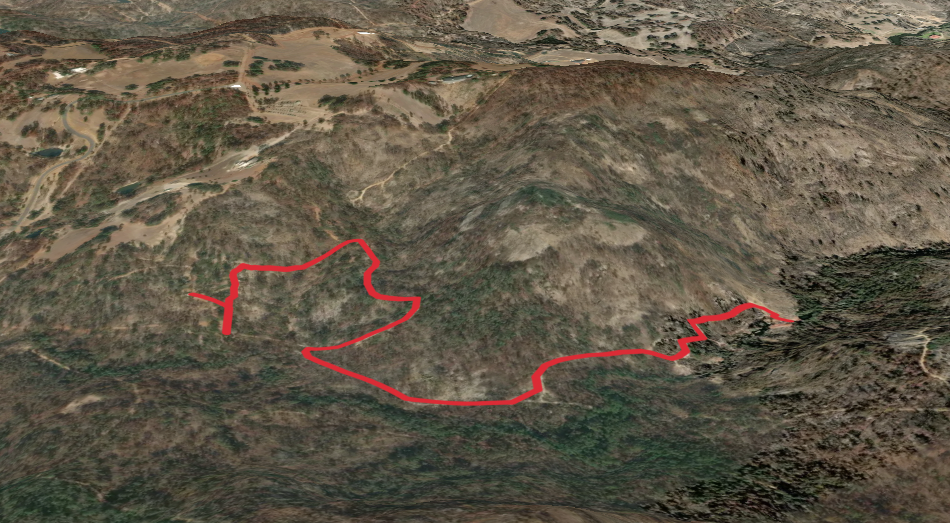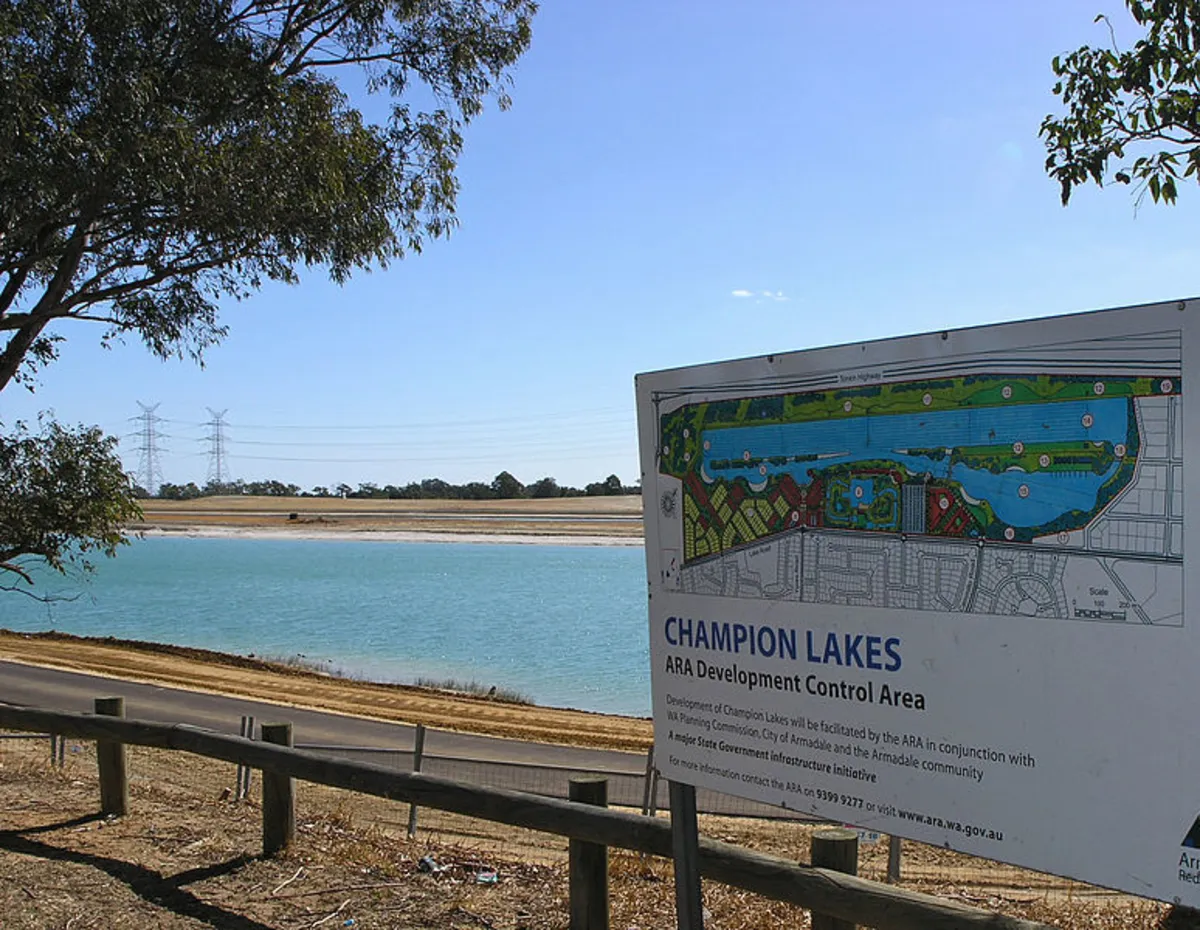Best wheelchair accessible hiking trails in Western Australia
Outdoors should be for everyone, and these wheelchair-friendly trails make it possible to experience nature’s beauty without barriers—accessible and scenic!
Here are some great trails to explore in Western Australia.
Most popular trails
Reviews for wheelchair accessible hiking trails in Western Australia
No reviews available for Swan River Loop.
No reviews available for Windan Bridge Loop.
No reviews available for Carine Regional Open Space Trail.
No reviews available for Star Swamp Bushland Reserve.
No reviews available for Tomato Lake Walk.
Frequently asked questions for hiking trails in Western Australia

Western Australia's climate ranges from Mediterranean in the south to tropical in the north. Winter (June-August) offers mild conditions in the south, ideal for hiking. In the north, the dry season (May-October) is optimal. Be cautious of high temperatures during the summer (December-February). Check Bureau of Meteorology for updates.
Spring (September-November) brings wildflower blooms, particularly in the Perth hills and the south-west. Remember, always carry ample water, sun protection and be prepared for abrupt weather changes.
The north's wet season (November-April) isn't advisable for hiking due to high humidity, rain, and possible cyclones. However, the cooler Kimberley region can provide comfortable hiking conditions. Check Parks and Wildlife Service for specific information.

In Western Australia, hiking generally doesn't require permits, although in some national parks, a park entry fee applies. For multi-day trails like the Bibbulmun Track, camping fees might be required. All information can be obtained from the Parks and Wildlife Service's website.

Wild camping in Western Australia is permitted in designated areas of national parks and forests. However, rules vary by location and it's crucial to follow leave no trace principles. Comprehensive guidelines can be found on the Parks and Wildlife Service's website.

In Western Australia, the primary agency for mountain rescue during hiking emergencies is the Department of Fire and Emergency Services (DFES). The Triple Zero (000) hotline should be dialed in case of any emergency. Further information is on the https://www.dfes.wa.gov.au/hazard-information/search-and-rescue

Western Australia's unique biodiversity includes wildflowers and eucalyptus forests, common along hiking trails. Knowledge of local flora can enhance your experience, while respecting the environment. Check the Western Australian Herbarium for more flora details.

Western Australia is home to diverse wildlife, from kangaroos to unique insects, enhancing the hiking experience. Being informed can help prevent unfortunate encounters. Visit the Western Australian Museum for detailed information about local fauna.









